How It Works
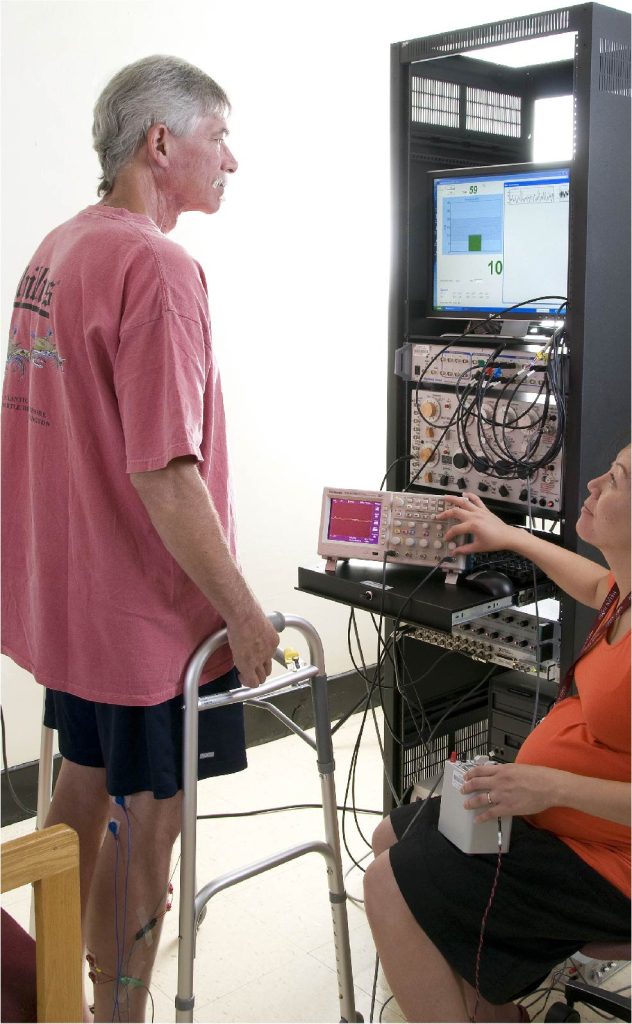
Operant conditioning is a neuromodulation training method for modifying a behavior based on the consequence of that behavior. Simply, when the consequence of a behavior is positive, its occurrence increases. When the consequence of a behavior is negative, its occurrence decreases. What’s so cool about this method is that it can be applied not only to conscious behaviors but also to simple subconscious behavior like reflex behaviors.
With ROC, through trial and error, a person can learn to produce a rewarded (i.e., positive) reflex behavior. With continued practice, the reflex pathway gradually changes. This improves the reflex behavior. Because we use reflex behaviors in activities of daily living, improving a reflex behavior also improves important activities such as walking, eating, and dressing.
The current standard training program runs over 10-12 weeks; each training session lasts about 45 minutes, and training sessions occur at a pace of 3 per week. According to the preliminary reports, people start to see some functional improvements after 12 sessions over 4 weeks; and the effect can remain for 3 months or longer. More research is needed to better estimate the durability of the conditioning training effects and optimizing the training dose.
Neural Pathways
Our ongoing operant conditioning programs are designed to target one of the two pathways: Hoffmann (H-) reflex pathway and corticospinal pathway. It is possible to train other neural pathways through operant conditioning
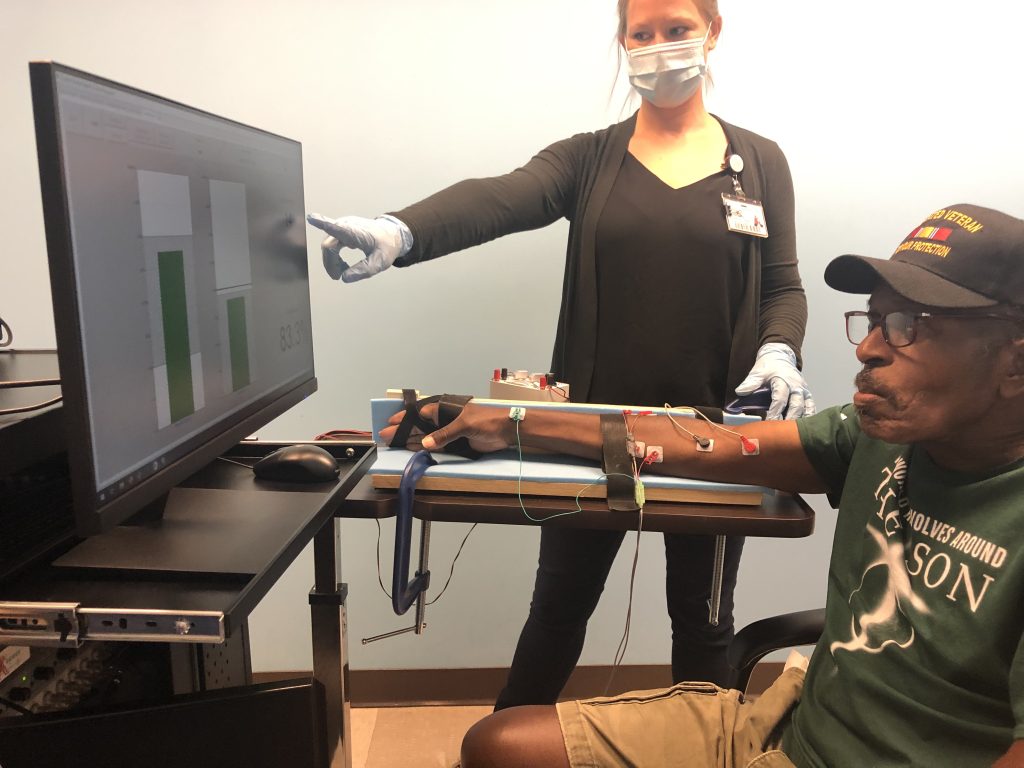
The Hoffman (H) – reflex pathway:
The Hoffmann (H-) reflex is often described as an electrical analog of the spinal stretch reflex, as the two share largely the same pathway. The spinal stretch reflex is an excitatory reflex that causes contraction of the muscle that is stretched. When the muscle is stretched, its spindle afferents (group Ia and II afferents) are excited, and in turn, excite α-motoneurons innervating the same muscle and its synergists, resulting in muscle contraction. If the afferents are excited by muscle stretch, the response is the spinal stretch reflex. A well-known example is the knee jerk reflex, evoked by tapping of the patellar tendon. If the afferents are stimulated electrically, the response is the H-reflex. The activity of this spinal pathway is strongly affected by other spinal and supraspinal inputs.
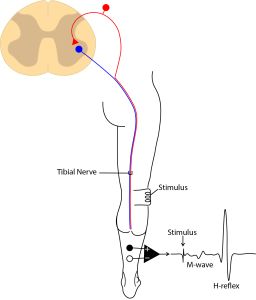
Corticospinal pathway:
The corticospinal pathway is a descending motor pathway from sensory and motor areas of the cerebral cortex to the spinal cord, where it forms synaptic connections with α-motoneurons and interneurons. The corticospinal pathway is essential for voluntary motor control of the body and limbs and motor skill learning. When part of this pathway is damaged due to an injury or disease, voluntary muscle contraction becomes weakened and can lead to paralysis.
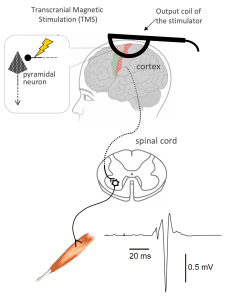
Therefore, improving the function of this pathway is important for motor function recovery in people with neuromuscular disorders. Operant conditioning training can target the corticospinal pathway using transcranial magnetic stimulation (TMS) and its motor evoked potential (MEP).
Step By Step
To administer reflex operant conditioning (ROC), surface electrodes are placed on the skin over the target muscle to monitor its activity. A pair of stimulation electrodes are placed on the skin over the target muscle’s nerve to elicit the reflex response.
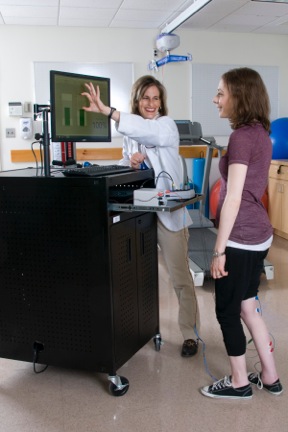
When the patient produces and maintains the target muscle’s activity for a few seconds, the stimulation elicits the reflex response. Immediately after the reflex is elicited, the patient receives visual feedback indicating whether the trial was successful. When the reflex is abnormally large (i.e., hyperexcitable) and the goal is to decrease (i.e., down-condition) it, the trial is successful when the reflex is smaller than a criterion value.

